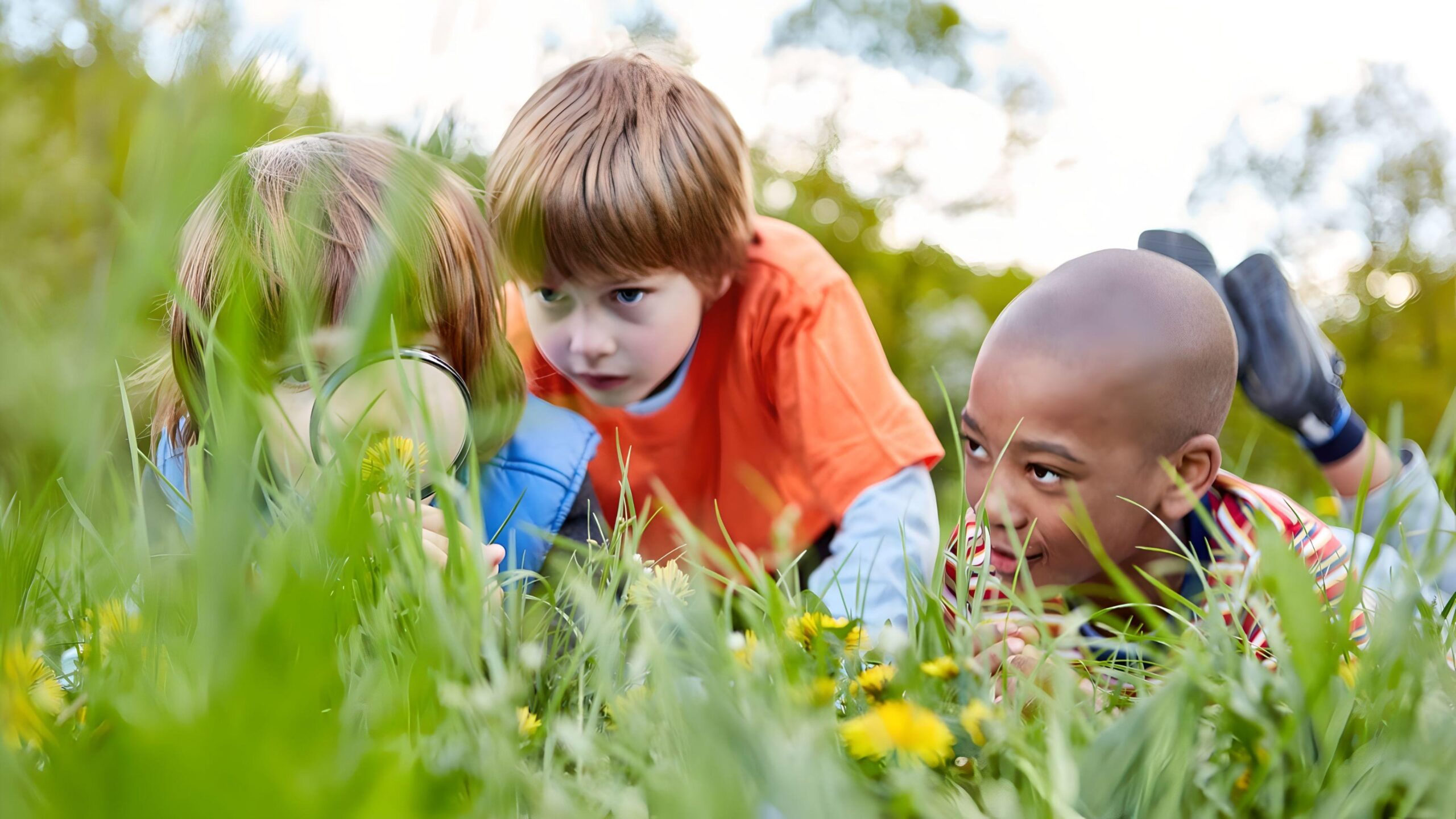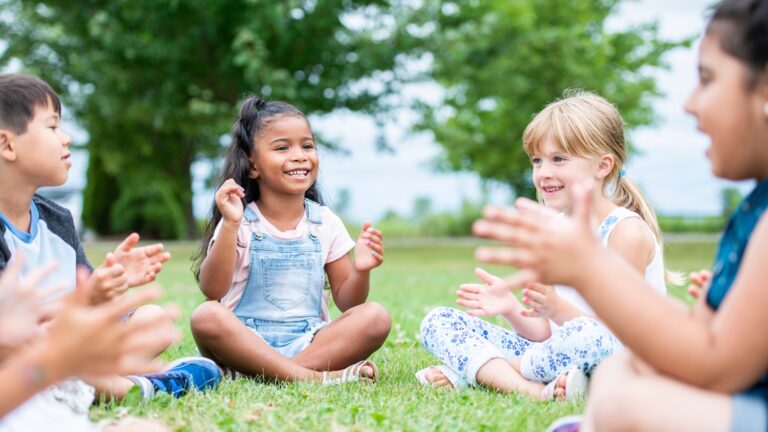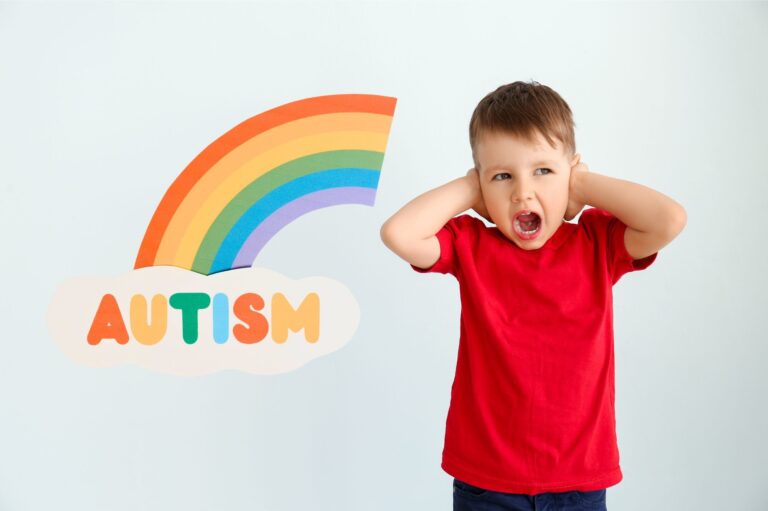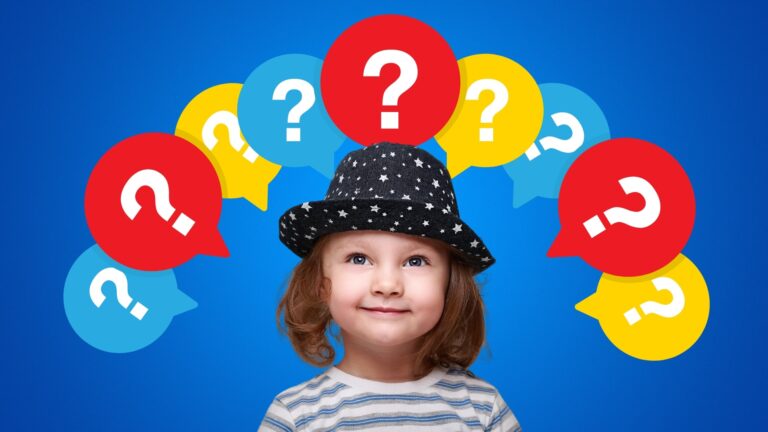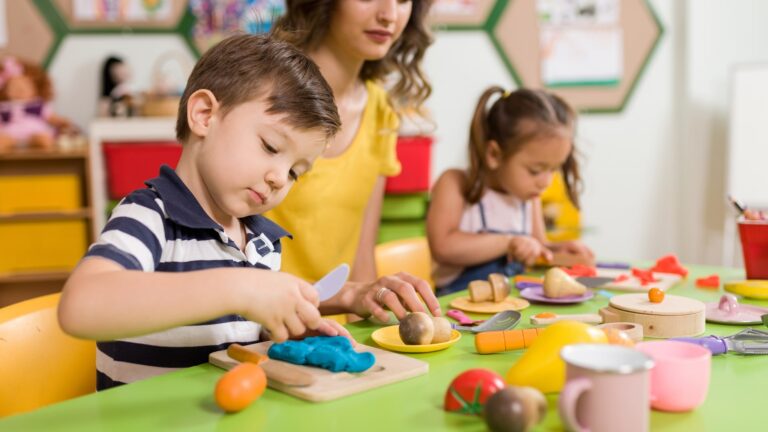Reggio Emilia Concept of Education
Are you curious about the Reggio Emilia approach to education? Developed in response to the tragedy of World War II, this innovative model emphasizes real-life experiences, project-based learning, and a child-centered approach. In this blog post, we’ll explore the philosophy behind the Reggio Emilia approach, how it differs from traditional education, and what we can learn from it.
The Reggio Emilia approach is an innovative model of education developed by Loris Malaguzzi and his team in response to the tragedy of World War II. The approach aims to enhance a child’s learning through real-life experiences instead of a fixed curriculum.
The Reggio Emilia approach is based on the philosophy of an image of a child. All children are viewed full of potential, with an innate sense of curiosity and endless imagination. They are creative, capable of constructing their own learning and they have a natural interest to explore.
Instead of a one-size-fits-all curriculum, Reggio Emilia uses a child-centered approach and project-based learning. Projects can emerge anytime, for example during play, and teachers can observe and create opportunities for new learning by opening up new environments, raising thought-provoking questions, or inviting collaboration.
Throughout a project, children naturally embody the spirit of researchers, risk-takers, designers, and explorers. They make hypotheses, try new things, investigate, play, and imagine. To progress, the explorers raise questions, the researchers give feedback, and the designers demonstrate ideas and prototypes.
Lastly, they all turn their theories into reality and construct experiments together. The learning becomes social with endless ways to solve specific problems. To promote the development of creativity, teachers step aside and let mistakes happen. The conflicts that can follow nurture their social skills.
Teachers document projects through pictures, videos, or written observations. The learnings become visible in photographs, drawings, sculptures, ideas, quotes, and transcripts of conversations are put onto the walls. The children can later revisit their achievements, see projects that were left unfinished and learn that failure is part of the path to progress.
Malaguzzi believed that there are 100 languages children can use to express themselves: they paint, sculpt, drum, whisper, and hark; they build, listen, speak or sing and dance, and they play. Children learn from adults, other students, and the environment which is regarded as the third teacher.
The Reggio Emilia approach is a model of education that nurtures creativity, promotes lifelong learning, and encourages children to be researchers, risk-takers, and explorers.

Elevate your teaching skills and stay ahead of the curve! Receive our monthly Insights, packed with professional development opportunities, classroom inspiration, and the latest trends in education. Don’t miss out on the chance to take your teaching to the next level. Subscribe now!

